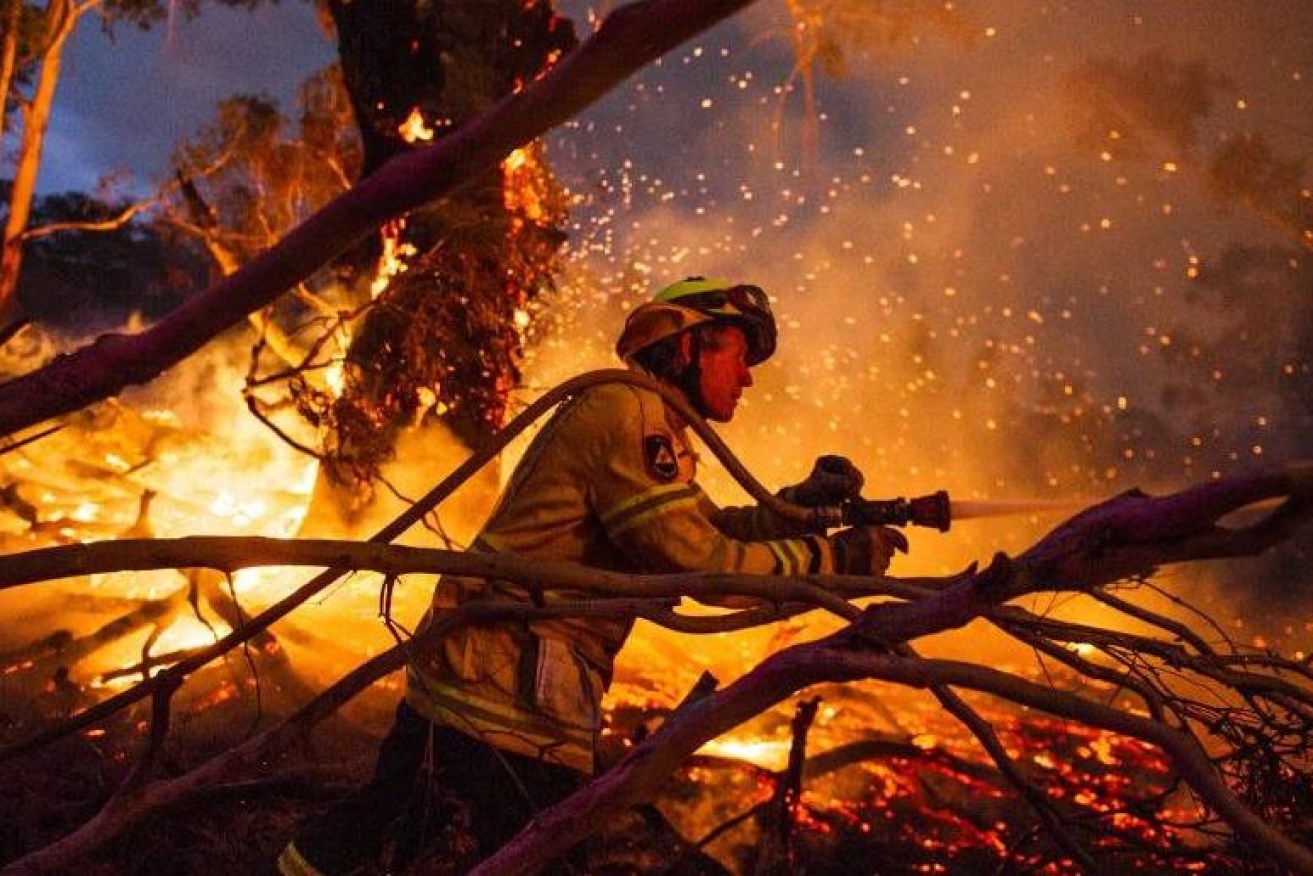Fire risk in the south, floods in the north: Longer summer tipped as La Niña weakens
The Bureau of Meteorology’s long-range forecast for autumn says Australia should prepare for bushfires and a drier and warmer than normal season, but there is still a chance of flooding in the tropics.


NSW fire authorities are on high alert because of sizzling temperatures for at least the next three days. (Photo: AAP)
The bureau said the coming months were likely to be drier and warmer than usual across most of Australia as La Niña weakened.
But it also warned that areas of southern Queensland had an above normal bushfire risk.
“Warmer than usual daytime temperatures are very likely this autumn for much of Australia while warmer nights are also likely in coastal areas of the mainland and Tasmania,” the forecast said.
BoM’s Dr Andrew Watkins said this followed the drier conditions in places like southern Queensland, as well as well as western Tasmania and south west Western Australia.
“Australia’s key climate drivers are easing and expected to be neutral over the coming months,” Watkins said.
“When our climate drivers are more neutral, autumn rainfall in southern Australia has generally been lower than average over recent decades.”
While La Niña had weakened, the other major weather driver, the Indian Ocean Dipole was also neutral and was having little impact on Australia’s climate.
“With drier conditions emerging in some areas over summer and dry and warm conditions likely in autumn, some areas may continue to have below average rainfall over the coming months,” Watkins said.
“There is also a continued risk of grassfires across southern Australia after abundant vegetation during the second-wettest spring on record in 2022 dried over summer.”
The BOM forecast noted than Australia’s bushfire agencies had identified that most of country had a normal bushfire potential during autumn, but also that northern Australia was still in a wet season and that meant there the flood risk remained, particularly in areas where rivers and water storages were still high.












